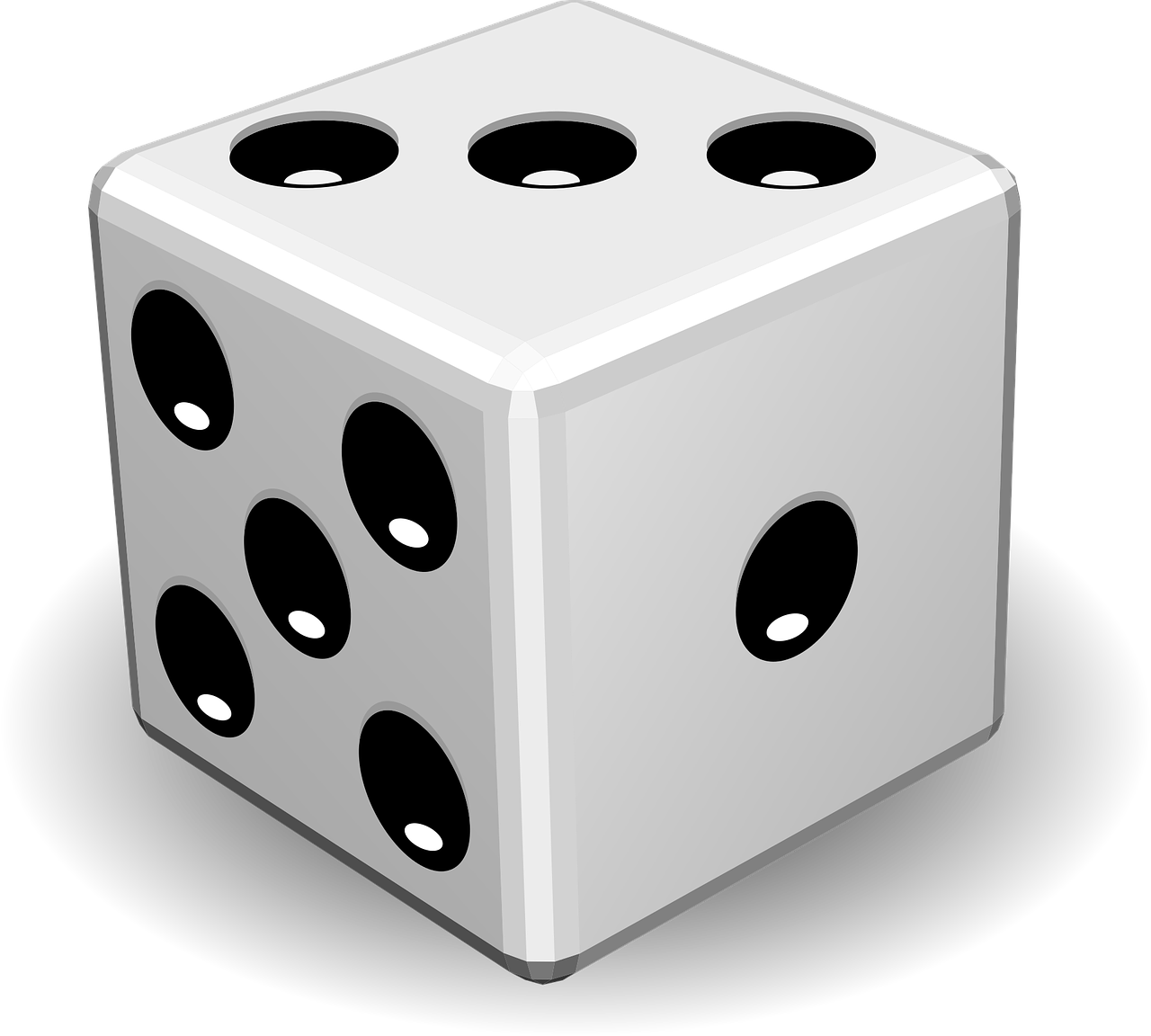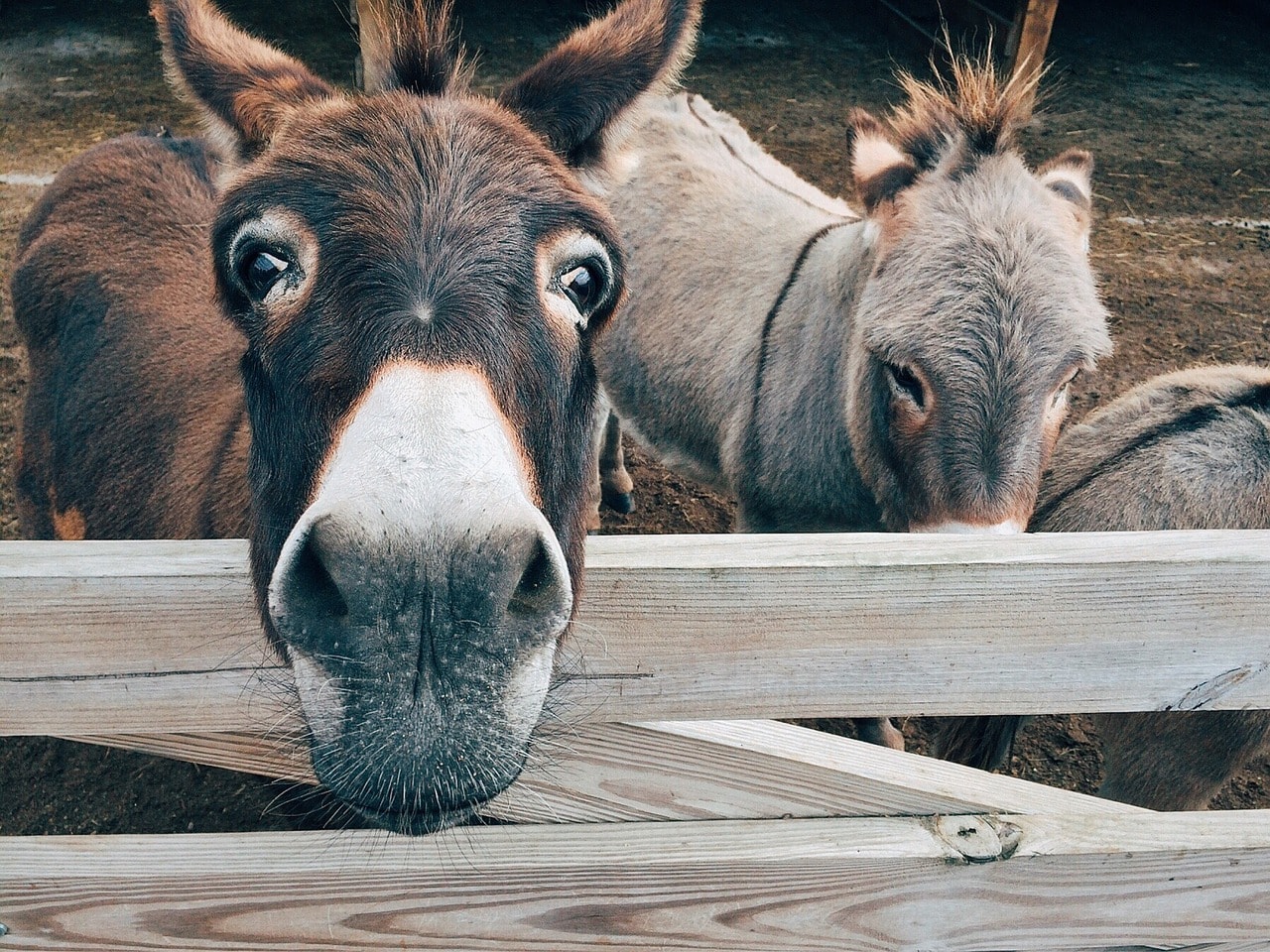How to Make Decisions: Heads Carolina, Tails California!
As I sat down to write this blog post on how to make decisions, I contemplated how to make it entertaining. Sometimes I know how I will make it entertaining (or at least try to!) before I write the post, sometimes it hits me as I am writing the post, and sometimes it comes to me later.
Not long after I started writing, one of my favorite songs came on and I knew instantly what I would write about. Do you have songs that when they come on they remind you of something or someone? The song that came on was none other than “Heads Carolina, Tails California” by Jo Dee Messina. If you are unfamiliar with it, the first part goes like this:
Baby what do you say we just get lost
Leave this one-horse town like two rebels without a cause
I’ve got people in Boston, ain’t your daddy still in Des Moines
We can pack tomorrow, tonight let’s flip a coin
Heads Carolina, tails California
Somewhere greener, somewhere warmer
Up in the mountains, down by the ocean
Where don’t matter long as we’re goin’
Somewhere together, I got a quarter
Heads Carolina, tails California
We can load what we own in the back of a U-Haul van
Couple modern day Moses’ searchin’ for the promised land
We can go four hundred miles before we stop for gas
Hey, we’ll drive for a day and then we’ll take a look at the map
Here’s the video if you want to give it a listen:
Whenever that song comes on it always makes me smile because it reminds me of someone and it reminds me of something. Who is the ‘someone’? What is the ‘something’? And what does it have to do with how to make decisions? Well, I have made the decision to wait until the end of this blog post regarding how to make decisions to tell you!
Before we get to 10 methods you can use for how to make decisions, let’s briefly discuss…
Why We Have to Make Decisions in the First Place…
Many times, the information that is needed to make a decision is present – which takes us as humans out of the decision-making equation. However, there are times when the analysis of information needed is unavailable, which leaves us to guess, speculate or apply our values and emotions to make decisions.
A quick caveat before we go any further, the decisions I am talking about here are ordinary, run-of-the-mill decisions and not complicated decisions.
With any decision, there are always some…
Things We Need to Keep in Mind
That will affect the methods we introduce in the next section for how to make decisions, which are:
Context: This pertains to the situation you find yourself in when making the decision. Are you calm? Is there panic? Are you under pressure? Is there conflict?
Need: What is the need for making the decision in the first place? And why now? Are you under pressure? Is the pressure from others or is it self-imposed? Does the decision need to be made now? Can it resolve itself or will you miss out on an opportunity?
Time Frame: How quickly must the decision be made? And how soon will the effects be seen? Does it have to be made today, this week, or this year? Will the effects be seen in the next few weeks or in years from now?
Type: What type of decision is it? Is it a minor change in direction or adjustment? Or is it a major change? Is it a decision to begin or end something? Is it something you need other people to help execute on? Can you go back and change things if it doesn’t work out? Is it a standalone decision or is it a part of a series of decisions?
Now that we have covered why we need to make decisions in the first place as well as some things we need to keep in mind, let’s again leverage some of the work of the great creative thinker Edward De Bono to look at…
10 Decision-Making Methods That We Can Use in Our Lives
These are simply 10 different types of decision-making methods that can be used in various situations, some work well in certain situations and some don’t. The idea is to keep an open mind and use the one that works best in your given situation. Some of them are different and ‘outside the box’ but that is the point – to get you thinking differently.
(1) The Dice Method – “Baby Needs a New Pair of Shoes!”
This method assumes all choices are good and requires you to associate each alternative with a number, roll a die, see what number comes up and whether you would be happy with that decision. While it seems like an irrational and crazy method at first glance, there is some sense to it as you are placing the burden on someone else. As psychologists have long known, people tend to like and justify decisions after they make them. So, the logic is that in some cases making the decision work is more important than making the right decision. For example, you have 3 restaurants you are deciding on and you like them all, roll a die, see what comes up and if you are happy with it then go for it.

(2) The Easy Way Out Method – “Why Don’t You Just Take the Easy Way Out!”
This method depends on the fact that many decisions not only need to be made but also executed on. And some are easier to execute on than others. The idea is to choose the easiest alternative so that you will act on it, which of course is subjective and varies based on personality. The key is to justify and build up the decision after making it so that you ensure it is acceptable, otherwise, another method is needed.
(3) The Spell-Out Method – “Come on, just S-P-E-L-L it out!”
An extension of the easy way out method, you pretend to have chosen each alternative one at a time and then pretend to describe to a friend why you chose it. You spell-out the reasons for each and why it suits you. Pretty soon many of the alternatives will drop off and the best alternative will rise to the surface. Sometimes you just need to talk things out to become clear on the best alternative – I think we have all used this method at one point in our lives.
(4) Buriden’s Ass – “Don’t be cheeky!”
Just so we are clear when we say ‘ass’ we are referring to the 4-legged animal, not the 2-cheeked body part that you sit on! This one comes from a myth where an ass was placed equidistant between 2 bales of hay and ended up starving to death because it was immobilized by being unable to make a choice. With both choices being equally great it should be an easy choice, right? Not so much. The problem or paralyzing aspect is the fear of missing out on the alternative. The way around this is to knock each alternative in turn and thus be ok with giving one up and ‘kicking its ass’ to the curb! Sorry I couldn’t resist!

(5) The Ideal Solution Method – “What do we really want here?”
In this method, you list the alternatives and then set them aside. You then list out the conditions or characteristics that you want out of the ideal decision. You then compare each alternative to the ideal and no longer look at them in their own right but instead on how they stack up to the ideal.
For example, choosing between two romantic partners. Figure out all of the qualities you want in an ideal romantic partner then see how each stacks up against what you want.
(6) The Best Home Method – “Find me a home where the Buffalo roam…”
The best home for an idea is simply figuring out the setting for which the ideal would thrive the best. For example, what position would best suit a basketball or football player? So, the idea is to figure out the best setting or home for an idea, in this case, the best alternative for the decision. For example, you are trying to decide whether to live in the city or the suburbs. If you lived in the city you could walk everywhere, be closer to work and there is more to do. If you lived in the suburbs you would have more space, it is cheaper, and the schools are better. Seeing as how you are having a child soon (which means you will need more space, have less disposable income and need a good school) you choose the suburbs as it is literally the ‘best home’ for you.
(7) The ‘What if…?’ Method
Here you constantly add ‘what-if’ scenarios to figure out when the alternatives stop being attractive. This helps you focus on or isolate the real reason for making a decision.
(8) The Simple Matrix Method aka “The Matrix”
This method involves creating a simple grid with the alternatives on the left side and the ‘crucial’ qualities you are looking for along the top. Then you simply indicate if an alternative satisfies a given quality. It helps you pick an alternative that satisfies important qualities and getting rid of ones that don’t. Once you weed out alternatives that don’t meet crucial demands, you can go with that alternative or use another of the methods on those that remain.
(9) The Full Matrix Method aka “The Matrix Reloaded!”
While the previous method only looked at crucial qualities, this one looks at all possible qualities, values, and considerations. Then you again look at the alternatives that satisfy most of the qualities and possibly use another method. De Bono cautions against simply picking the one with the most qualities because each quality has a different weight or relative importance.
(10) The Laziness Method
Also known as the FGL (fear, greed, and laziness) method. In this method, you take each alternative and look at the extent to which fear, greed, and laziness would contribute to your choosing that alternative.
For example, your Mom is living on her own, but she is getting to the point that she may no longer be able to live on her own.
You come up with 4 options, (1) leave her as is, (2) put her in a retirement home, (3) have her live with you, and (4) hire someone to take care of her.
Next, you evaluate each alternative with respect to how fear, greed, and laziness would contribute to your choosing them. So, taking option (1) leave her as is – there would be a large amount of laziness on your part as you wouldn’t have to do anything, there may be some fear as you are scared something may happen to her, there also may be a little greed as it would cost you less than the other options.
The idea is to go through all alternatives to see if fear, greed, and laziness are the main reasons for a particular alternative being attractive.

Before You Make Your Decision…
There a few more things you need to consider when thinking about how to make decisions in your life:
Personal style and image – Is this a decision that you can see yourself making? Will you be able to execute on it?
People involved – Are others involved that: (1) need to help make the decision, (2) will be responsible for carrying the decision out, and (3) will be affected by the decision.
Consequences – what are the short-term, medium-term and long-term ramifications of making such a decision? You may want to use a tool that we discussed in a previous post, consequence, and sequel (C&S) to help you look at consequences.
Implementation – The implementation of the decision is another factor you need to look at. Who will implement it? How will it be implemented? What are the risks? Are there different stages to implement it?
Fall-Back – What happens if the decision does not work out? Do you have a Plan B? Can you reverse it, or is it permanent? Are there any escape routes? What if you cannot implement it? Sometimes, the lack of a fall back weakens your confidence in making a decision. But on the other hand, sometimes you need to take a risk and if it were guaranteed there would be no need for a decision in the first place!
Heads Carolina, Tails California…
Back to the great Jo Dee Messina song and the ‘someone’ and ‘something’ it reminds me of and what it has to do with how to make decisions. True story, my good friend Mike and his sister Jennifer had just finished up college and were trying to figure out the next step in their lives. Seeing as how they grew up in New Orleans, they wanted to move to a new city to expand their horizons. Being close friends as well as siblings, they decided to explore somewhere new together. They narrowed down their decision to two places:
Yup, you guessed it…North Carolina and California.
Now they just had a decision to make. But how would they make the decision?
Well, seeing as how both places were an equally good fit they decided to channel their inner Jo Dee Messina and use a variation of the Dice Method above by…
Flipping a coin!
Heads Carolina, Tails California!
It came up tails, so they packed their bags and left the Big Easy like two rebels without a cause! A couple modern day siblins’ searchin’ for the promised land! (or L.A. in their case)

They lived there for a few years. Then, eventually, Mike and Jennifer got married and ironically, they now live in North Carolina.
WAIT!
Before you get confused (and weirded out), I forgot to mention a key point. When he was in L.A. Mike met a girl whose name was also Jennifer – and THEY got married, I didn’t mean he married his sister. Yikes!
Sorry, my bad!
Speaking of how to make decisions, I just decided I need to end this blog post and quit while I am barely ahead.
Until next time, keep using those decision-making methods, and as always…PYMFP!
–Rick
Use it or Lose It – How to Make Decisions
When you want to know how to make decisions, consider one of De Bono’s techniques:
(1) The Dice Method
(2) The Easy Way Out Method
(3) The Spell-Out Method
(4) Buriden’s Ass
(5) The Ideal Solution Method
(6) The Best Home Method
(7) The ‘What if…?’ Method
(8) The Simple Matrix Method
(9) The Full Matrix Method
(10) The Laziness Method
When to Use It:
Whenever you need to know how to make decisions in your life.
What Do You Think?
Have you used any of these decision-making methods in your life? Do you have any others that you use that we have not discussed? Please share in the comments below!
If you enjoyed this post, it would mean the world to us if you shared it with people you care about via any of the social media platforms below!
Popular Previous Posts:
This is What to Do When You Screwed Up! – VIDEO
Reel in the Cause of Your Problem with a Fishbone Diagram!
How to Be the Most Interesting Person in the World!
The John Wooden Pyramid of Success is No Scheme!
How to Practice Gratitude and Get a Gratitude Adjustment!
References
De, Bono E. De Bono’s Thinking Course. London: British Broadcasting Corp, 1982. Print.


Decisions….decisions…..decisions….. Pizza or tacos? Beer or wine? Watch football or basketball? Blonde or brunette? These are all easy. De Bono’s methods apply primarily for decisions that have complex variables, involve expenditure of time and money, and have a lasting impact. Yours is a great example – where to live.
When I worked in the aerospace industry, we often used what I term the R-Y-G method, or traffic light method. List all aspects that will affect the decision. Next, draw thee columns, labeled Red, Yellow, and Green. Evaluate each aspect in terms of outcome – negative, neutral, positive, and color the box appropriately. Then assign each aspect a numerical value regarding its importance, such as cost, time, or number of people needed. This allows you to weigh the aspects. It worked for us. Thus method seems most analogous to your number (9).
When we re-did the front yard with maintenance free plants (mowing sucks), the decision factors were time, money, and aggravation. Do it ourselves – way too much time, saves money, infinite aggravation. Check out Yelp and hire a contractor – takes about two weeks, costs a lot, little or no aggravation. We of course hired a contractor.
Hi Dave, thanks for the insightful comment. Your R-Y-G model is another good one, I used a similar one in prioritizing projects in industry – and I agree it is very similar to De Bono’s complex matrix model except like you say you can weigh the factors which reduces/eliminates his cautionary words of having factors w/ different importances. Thanks as always and be good, Rick